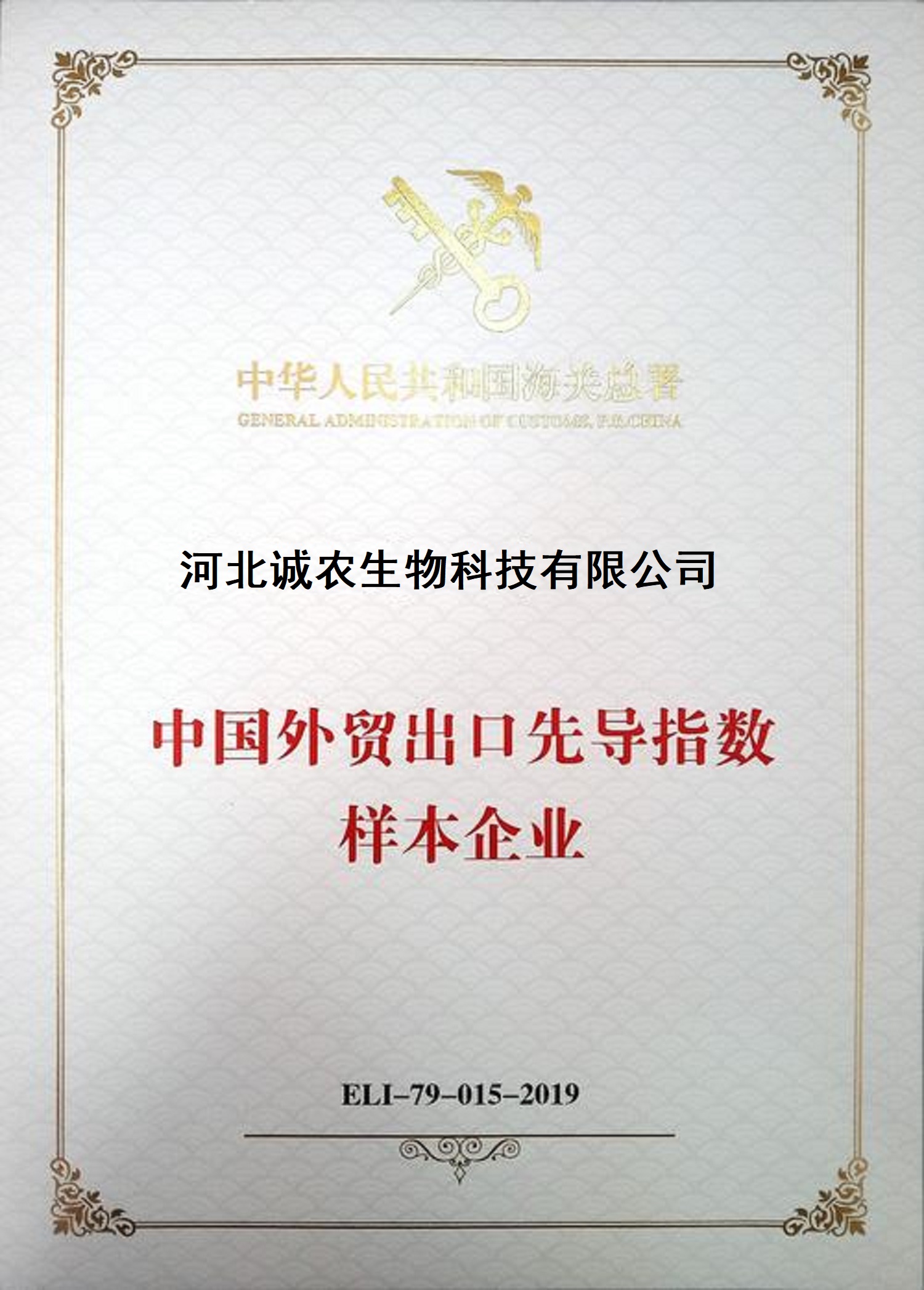
Ara . 26, 2024 01:14 Back to list
High-Efficiency Imidacloprid 70% WDG for Effective Pest Control Solutions
Understanding Imidacloprid 70% WDG A Comprehensive Overview
Imidacloprid, a widely recognized insecticide, has garnered attention for its efficacy in controlling a variety of pests. Specifically, the formulation of 70% WDG (Water-Dispersible Granules) presents a versatile solution for agricultural and pest management applications. In this article, we will delve into the characteristics, applications, and considerations associated with Imidacloprid 70% WDG, highlighting its role in modern pest control strategies.
What is Imidacloprid?
Imidacloprid is a member of the neonicotinoid class of insecticides, which act on the nervous system of insects. It functions by binding to nicotinic acetylcholine receptors, disrupting normal transmission of nerve impulses. This mechanism of action results in paralysis and, ultimately, the death of pests. Notably, while it is highly toxic to insects, it is considered less harmful to mammals and birds, which has contributed to its popularity in agricultural practices.
Characteristics of 70% WDG Formulation
The 70% WDG formulation of Imidacloprid offers several advantages
1. Concentration With 70% active ingredient, this formulation provides potent pest control with lower application rates compared to other formulations. 2. Water Dispersibility WDG products dissolve in water, ensuring uniform distribution when sprayed. This characteristic enhances the effectiveness of the pesticide by facilitating better coverage on crops or target areas.
3. Ease of Use The granular form allows for easier handling and mixing. Farmers and pest control professionals appreciate the convenience and reduced risk of dust exposure compared to powder formulations.
4. Versatility This formulation is suitable for a wide range of crops, including fruits, vegetables, and ornamental plants. It is effective against various pests, such as aphids, whiteflies, thrips, and beetles.
Application Methods
Imidacloprid 70% WDG can be applied through various methods to maximize its efficacy
famous imidacloprid 70% wdg

- Foliar Application Spraying the solution directly onto the leaves of plants is common, targeting pests present on the foliage.
- Soil Drenching Applying the diluted solution to the soil allows for uptake by plant roots, providing systemic protection against soil-dwelling pests.
- Seed Treatment Imidacloprid can be used to treat seeds prior to planting, ensuring that seedlings are protected against early pest infestations.
Environmental and Safety Considerations
While Imidacloprid 70% WDG is effective in pest control, it is essential to consider its environmental impacts
1. Pollinator Protection Neonicotinoids have been under scrutiny for their potential effects on pollinators, such as bees. Users must adhere to application guidelines to minimize exposure and protect beneficial insects.
2. Regulatory Compliance Many regions have specific regulations concerning the use of neonicotinoids. It's crucial for users to familiarize themselves with local laws to ensure compliance.
3. Integrated Pest Management (IPM) To mitigate resistance development and reduce reliance on chemical controls, integrating Imidacloprid into an IPM plan is recommended. This approach involves combining biological, cultural, and mechanical control strategies alongside chemical applications.
Conclusion
Imidacloprid 70% WDG stands out as a powerful tool in the arsenal of pest control solutions. Its effectiveness against a myriad of pests, coupled with the advantages of water-dispersible granules, makes it a popular choice among farmers and pest management professionals. However, users must be mindful of best practices regarding application and environmental stewardship. By employing Imidacloprid judiciously and adhering to integrated pest management strategies, it is possible to harness its benefits while mitigating potential risks, fostering sustainable agricultural practices for the future.
As the field of pest management evolves, the role of products like Imidacloprid will remain significant, ensuring that crops thrive while maintaining ecological balance.
-
Azoxystrobin: Broad-Spectrum Fungicide Solutions
NewsAug.11,2025
-
Best EPA Boscalid: Superior Crop Fungicide for Max Yields
NewsAug.11,2025
-
Best Willowood Imidacloprid: Superior Pest Control Solutions
NewsAug.10,2025
-
Best EPA Boscalid Fungicide: Ultimate Crop Protection
NewsAug.09,2025
-
Cyprodinil Fungicide: Broad-Spectrum Crop Protection
NewsAug.08,2025
-
Tembotrione Herbicide: Advanced 8% OD for Broad Spectrum
NewsAug.07,2025
